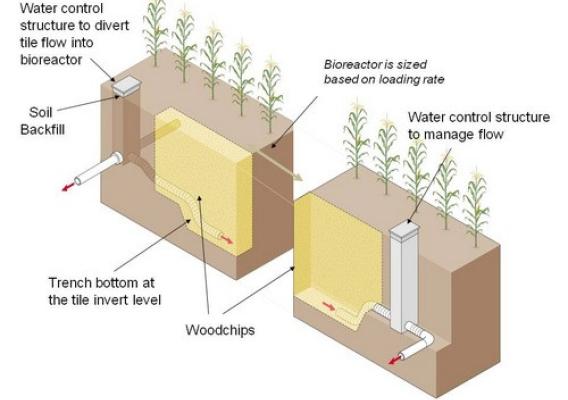March is National Nutrition Month. Throughout the month, USDA will be highlighting results of our efforts to improve access to safe, healthy food for all Americans and supporting the health of our next generation.
Fish and fowl, sowing and reaping, nutrition and agriculture… certain words and concepts naturally go hand in hand, and March is a month to celebrate both the foundation and purpose of the American food system. With March designated as National Nutrition Month and March 15 as National Agriculture Day, the time is ripe to reflect on healthy eating goals and to express gratitude for the farmers, fishers, and ranchers who provide the foods to fuel our nation.
USDA’s Food Distribution Programs work at the intersection of nutrition and agriculture. Each year, USDA purchases more than 2 billion pounds of food worth nearly $2 billion from American farmers and distributes the food to schools, food banks, Indian Tribal Organizations, disaster feeding organizations, and other charitable institutions and feeding organizations. The programs benefit both ends of the food chain by supporting local agriculture and the economy while also providing a nutrition safety net for vulnerable Americans.










